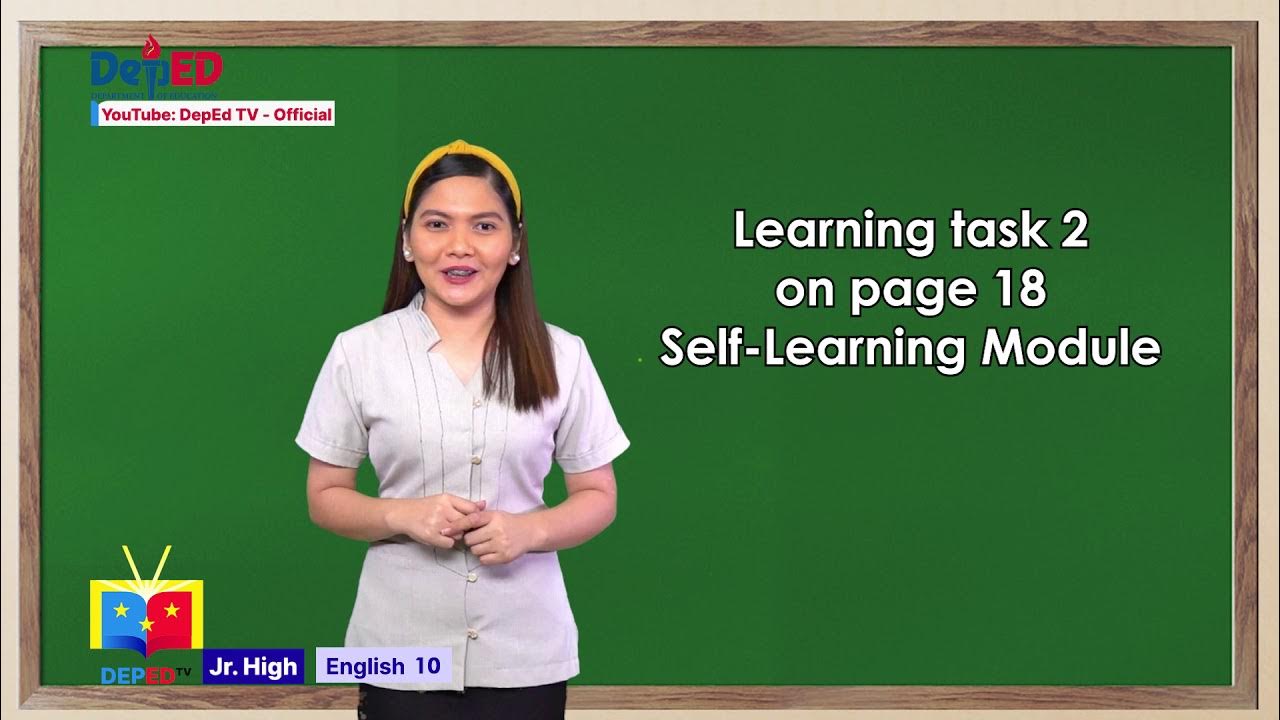Accessibility and Effectiveness - Sources of Information
Summary
TLDRIn this educational session, the focus is on distinguishing between the concepts of 'Effectiveness' and 'Accessibility' in information sources. The instructor emphasizes the importance of evaluating information based on its ease of access and its utility. Accessibility is dissected into four components: text, image, audio, and video, each contributing to the overall comprehension. Additionally, the lecture highlights the necessity of scrutinizing the source of information to meet academic standards, ensure relevance, and avoid plagiarism, while fostering analytical and critical thinking.
Takeaways
- 📚 Accessibility refers to how easy it is to find, obtain, and use information sources.
- 🔍 Text accessibility is about arranging words for easy reader comprehension.
- 🖼️ Image accessibility provides visual information to supplement the text.
- 🎧 Audio accessibility involves information conveyed through listening.
- 🎥 Video accessibility combines listening and viewing for additional information.
- 🔍 When reviewing information sources, consider their relevance to the academic community.
- 📈 Show evidence of informed and relevant reading to support your work.
- 💡 Demonstrate that your writing is not primarily based on personal opinions.
- 📝 Illustrate the process of arriving at your conclusions about the topic.
- 🔗 Enable readers to understand and evaluate the presented ideas and information.
- 🔎 Integrate material from a range of sources to show analytical and critical thinking.
- 📖 Provide references or perspectives for readers to follow up on topics of interest.
- ❌ Avoid plagiarism to ensure the integrity of your work.
Q & A
What are the two main aspects to consider when evaluating information sources?
-The two main aspects to consider when evaluating information sources are accessibility and effectiveness.
What does the term 'accessibility' refer to in the context of information sources?
-Accessibility refers to the quality of the material being easy to find, obtain, and use.
What are the four aspects of accessibility mentioned in the script?
-The four aspects of accessibility mentioned are text accessibility, image accessibility, audio accessibility, and video accessibility.
How does text accessibility contribute to the accessibility of information?
-Text accessibility refers to the arrangement of words for readers to easily access them, making the information more readable and comprehensible.
What role does image accessibility play in providing information?
-Image accessibility provides additional information about the text or concept, enhancing understanding through visual representation.
Can you explain the significance of audio accessibility in information sources?
-Audio accessibility allows the material to provide information through listening skills, making it accessible to those who may have difficulty reading text.
What is the purpose of video accessibility in educational materials?
-Video accessibility provides additional information through both listening and viewing skills, offering a multi-sensory approach to learning.
Why is it important to review the source of information for readers?
-Reviewing the source of information is important to ensure it satisfies academic expectations, is informed and relevant, and does not rely mainly on personal opinions.
What are the expectations of the academic community that a writer should meet?
-The academic community expects writers to provide evidence of informed and relevant reading, show the process of arriving at conclusions, and enable readers to understand and evaluate the presented ideas and information.
How can a writer demonstrate an analytical and critical approach to source material?
-A writer can demonstrate an analytical and critical approach by integrating material from a range of different sources and enabling readers to follow-up on references or perspectives of interest.
What is the final point mentioned in the script regarding the presentation of information?
-The final point mentioned is the importance of avoiding plagiarism when presenting information to ensure the integrity of the work.
Outlines

Этот раздел доступен только подписчикам платных тарифов. Пожалуйста, перейдите на платный тариф для доступа.
Перейти на платный тарифMindmap

Этот раздел доступен только подписчикам платных тарифов. Пожалуйста, перейдите на платный тариф для доступа.
Перейти на платный тарифKeywords

Этот раздел доступен только подписчикам платных тарифов. Пожалуйста, перейдите на платный тариф для доступа.
Перейти на платный тарифHighlights

Этот раздел доступен только подписчикам платных тарифов. Пожалуйста, перейдите на платный тариф для доступа.
Перейти на платный тарифTranscripts

Этот раздел доступен только подписчикам платных тарифов. Пожалуйста, перейдите на платный тариф для доступа.
Перейти на платный тарифПосмотреть больше похожих видео

Grade 10 English Q1 Ep 7 Sources of information : Accessibility and Effectiveness

Compare and Contrast Content of Materials |GRADE 10| MELC-based VIDEO LESSON|QUARTER 1| MODULE 4

Evidence-Based Practice: A Pyramid of Evidence

MENULIS ARTIKEL ILMIAH POPULER KELAS 8 BAB 3 BAGIAN 1

Fungsi Audit Sistem Informasi

ACCESSIBILITY & EFFECTIVENESS OF MATERIALS |GRADE 10 | MELC-based VIDEO LESSON | QUARTER 1| Module 4
5.0 / 5 (0 votes)
